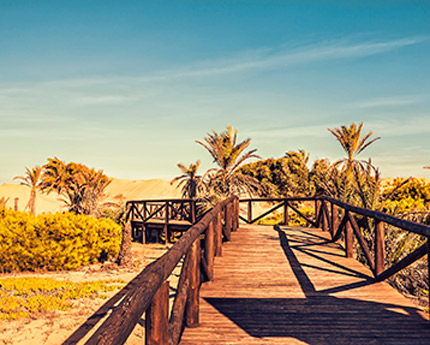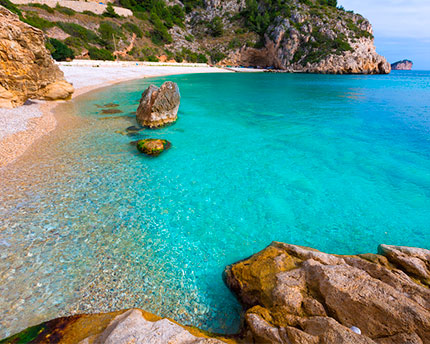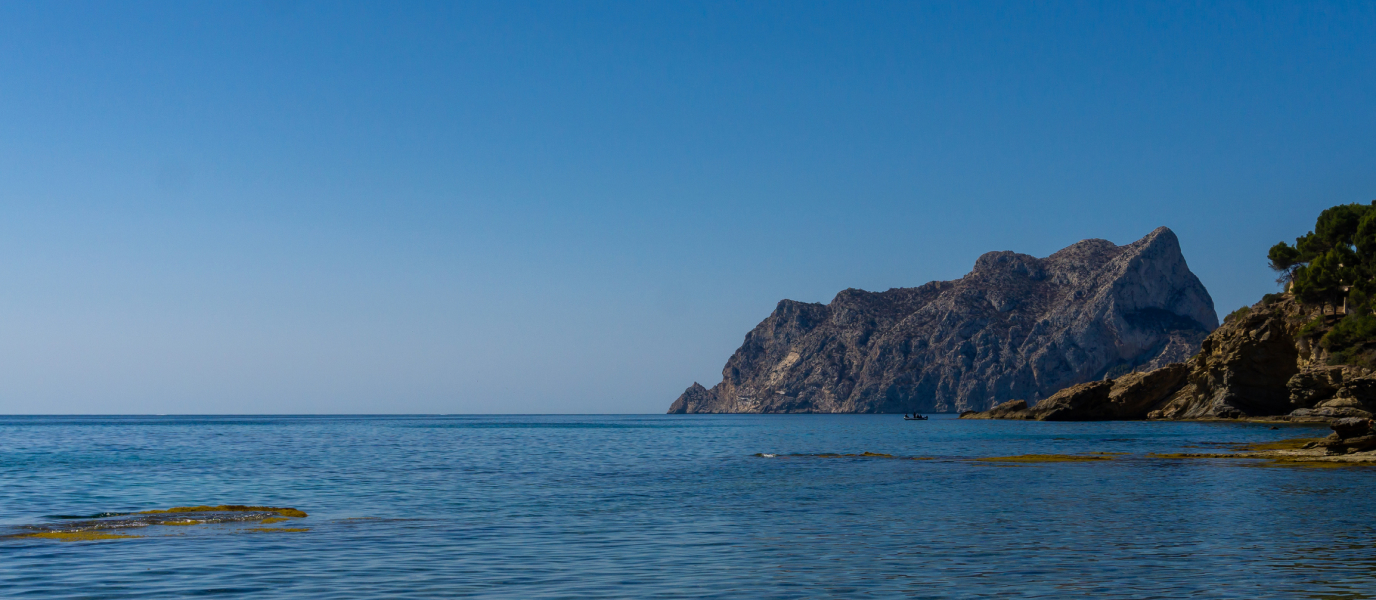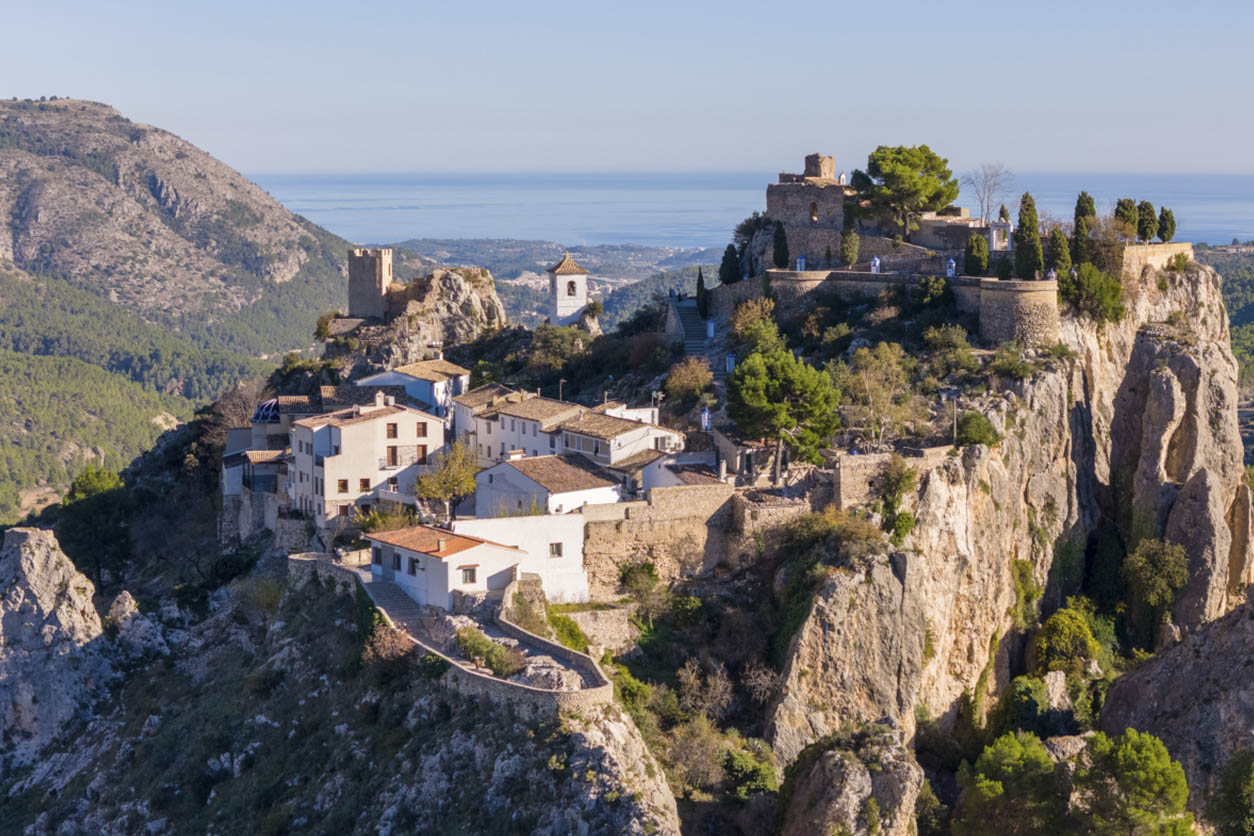The shifting fossil dunes in Guardamar del Segura (Alicante) are a true natural wonder, an immense sand oasis in a surprising place and a natural landscape on the east coast resulting from a former reforestation project in the Bajo Segura district. The Dunes and Pine Forest of Guardamar del Segura have been declared a Site of Community Importance (SCI) and provide a beautiful view to those who visit this area of the Costa Blanca. The dunes are formed by the sand brought in by the sea and make a chain that covers the municipality’s entire coastline, from north to south.
This wooded area, just a stone’s throw from the Mediterranean, occupies no less than 800 hectares and was originally formed by shifting sand dunes that were secured to prevent their advance by planting diverse trees and plants such as pine, palm, cypress and eucalyptus trees.
Natural setting of the Guardamar Dunes
The sea breeze and the easterly storms are indeed responsible for the accumulation of sand from the nearby beaches of Guardamar del Segura. To protect the dunes and prevent their advance, a pioneering project for the Defence and Reforestation of the Guardamar del Segura Dunes was approved more than a century ago, on 2 December 1897, which has had superb results. The dunes were advancing at a rate of between 2 and 8 metres per year and, in order to secure them, it was decided to reforest the area, which has given rise to a large mass of consolidated woodland next to the sea known as ‘la pinada’ (pine forest). A nursery and various forestry buildings of the time still remain there. In that area, also known as Alfonso XIII Park, the 600,000 trees that were planted over four decades created a landscape environment of extraordinary ecological, tourist and cultural appeal.
Every year since 1904, the Tree Festival has been held in Alfonso XIII Park in Guardamar del Segura, where new trees are planted in addition to the existing ones. At the start of the 20th century, children planted trees and sang accompanied by their school teachers and nowadays, every 31st January, children and schoolchildren continue to celebrate this festival, which has not lost its original spirit.

Things to do when visiting the Guardamar Dunes
The Guardamar Dunes are home to two major archaeological sites: the Phoenician port city of La Fonteta (8th-6th century BC) and the Caliphate Rabita monastery (10th-11th century AD). The latter is one of the main historical and religious sites from the Islamic period in Spain.
The two sites are separated by almost 2,000 years and a thick layer of sand, and their cultural and historical significance is very important. Therefore, we can say that Guardamar del Segura’s coastal forest has a history of 28 centuries.
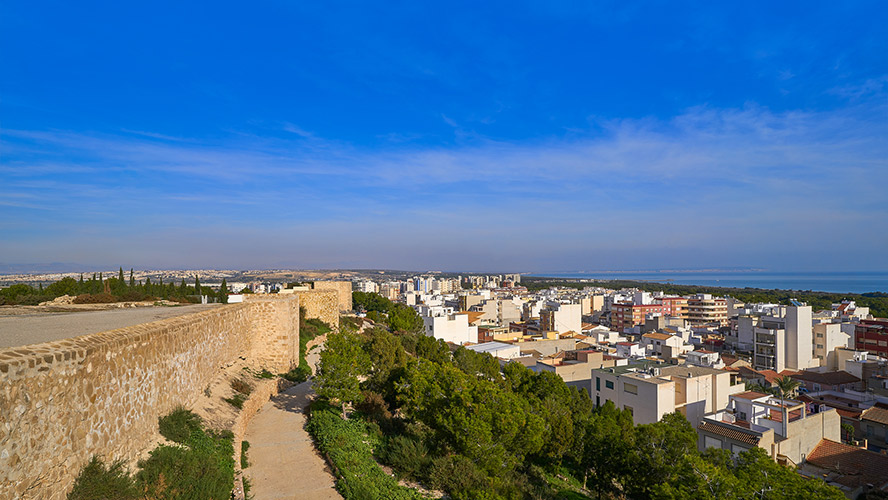
Recommendations for your visit
The Guardamar Dunes have several accesses, although the main one is in front of Reina Sofía Park, on Ingeniero Mira Street. The other entrances are on Pinos Avenue, Colón Street and Dunas Street. Even on hot summer days it is very pleasant to walk through the park since there are many shady areas. There are also wooden walkways leading directly to Los Viveros beach, one of which is wheelchair-friendly.
Beaches in the area
On both sides of the mouth of the river Segura there are fine sandy beaches, most of them bordered by the coastal forest that slows down the advance of the dunes. All the beaches along the Guardamar del Segura Dunes have their own features. The best known are the nudist Tossals beach, with abundant vegetation; Vivers beach, where the sites of La Fonteta and the Caliphate Rabita monastery are located; Babilònia beach, with mid-20th century houses located by the sea; and Montcalo beach, which stands out because of the archaeological remains from the Roman period that are spread along the sites of El Castillo and El Salidero. In total, there are 11 kilometres of beaches.
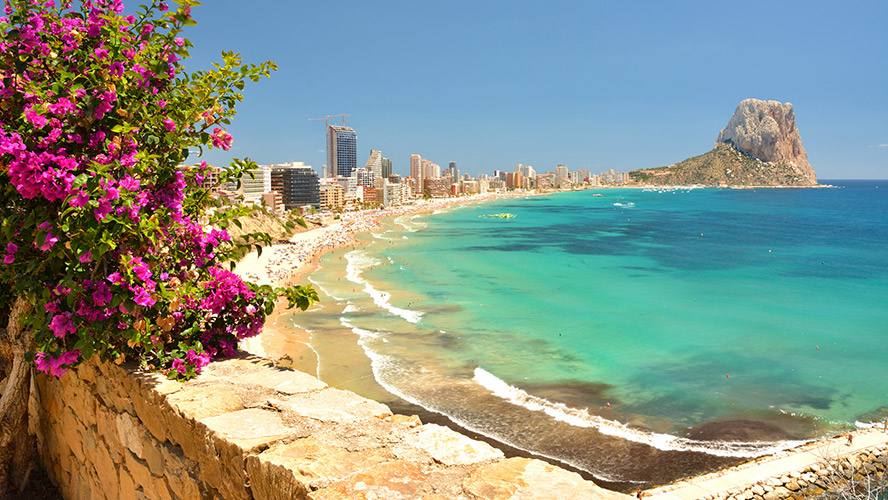
strong>Things to see nearby
Near the Guardamar del Segura Dunes there are numerous tourist and cultural destinations that are well worth visiting. Guardamar is in the south of the province of Alicante, between Santa Pola and Torrevieja, so we are going to suggest some places that are as close as possible to this town in Alicante, which currently has 16,000 inhabitants. We suggest visiting the Rodeo Caves in Rojales and the towns that are closer to Guardamar such as Torrevieja, Santa Pola, Elche and even Alicante.




































































